Building & Construction
These questions and answers will help you with what you will need to know about constructing a pond or water feature, as well as what to look for before the building stage begins.
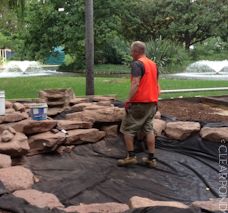
These questions and answers will help you with what you will need to know about constructing a pond or water feature, as well as what to look for before the building stage begins.
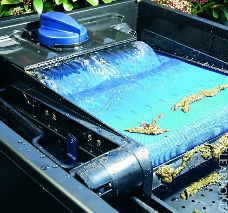
A correctly specified filtration system will help keep your pond clean and clear, aid in fish health as well as oxygenates water; these FAQs will help you with your filtration decisions.
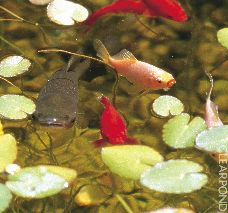
Questions and answers on knowing which fish and how many fish to keep in your pond, as well as how to maintain your fish and plants and to keep them safe from predators.
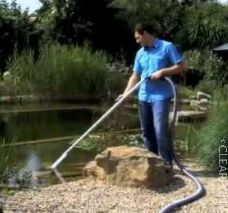
Learn how to look after your pond with general maintenance and what to do when or if problems occur.
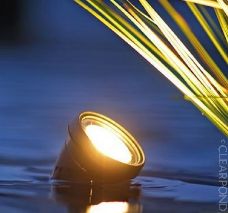
Questions and answers on which lights to use how to use, them and what is the best way to help beautify your pond or water feature.
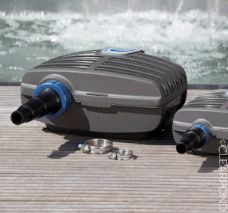
FAQs on pumps, tips & tricks on which pump is suitable for yourneeds and which pump to use where.
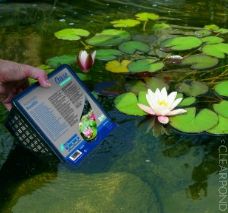
Questions and answers on which water treatment is best for which problem and how to solve and fix pond algae problems and cloudy water.